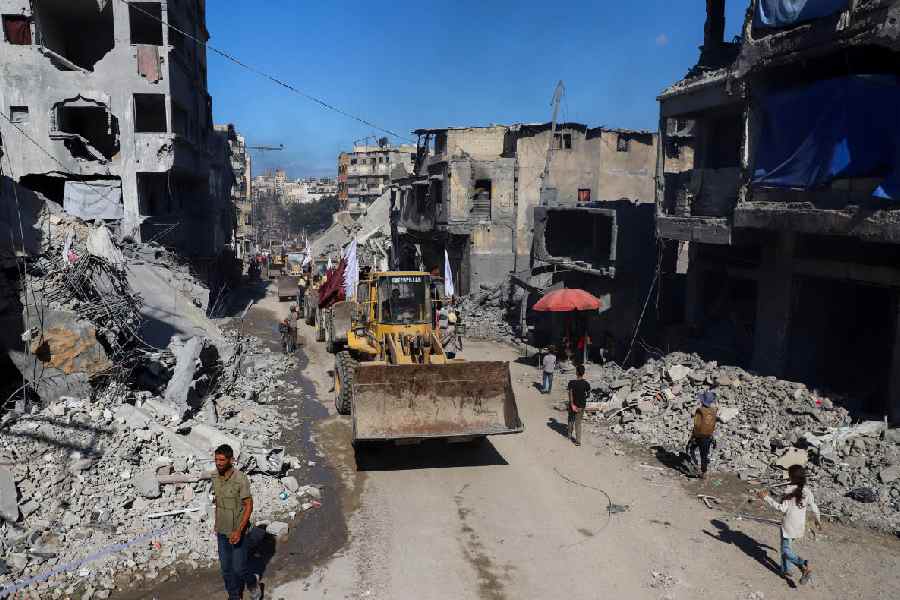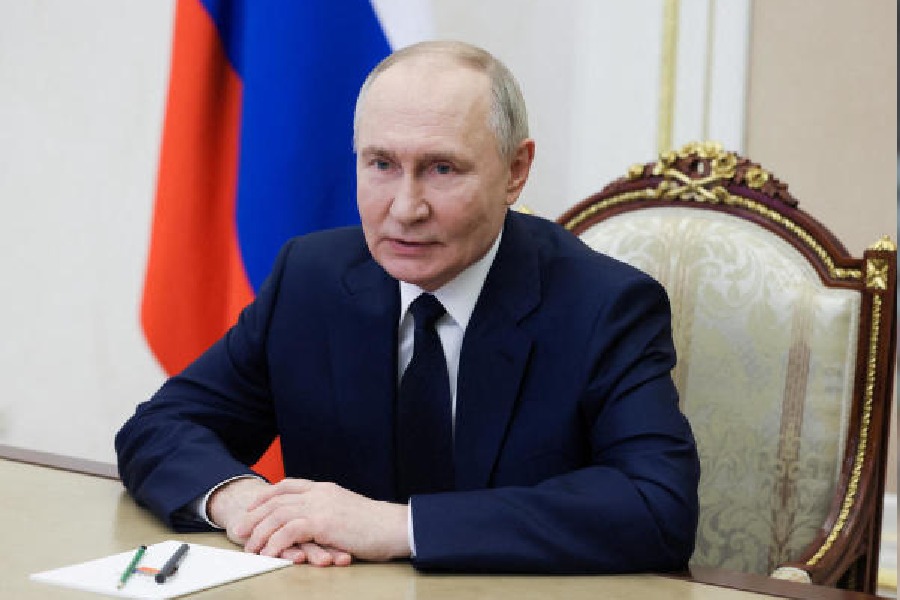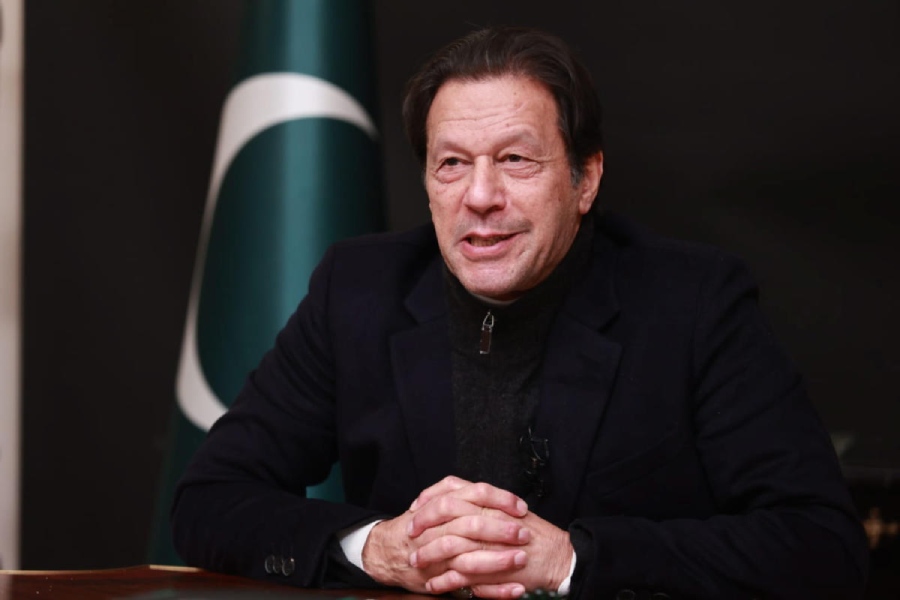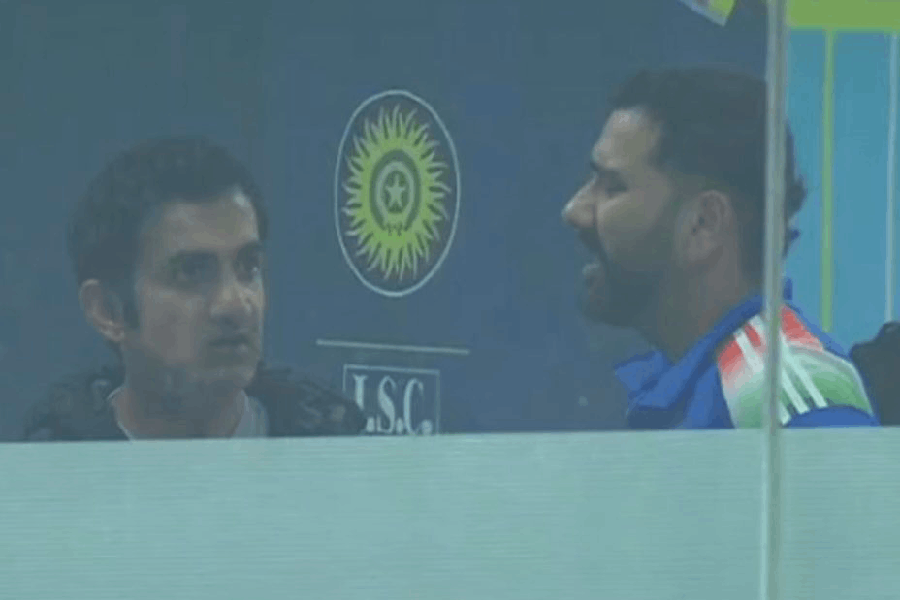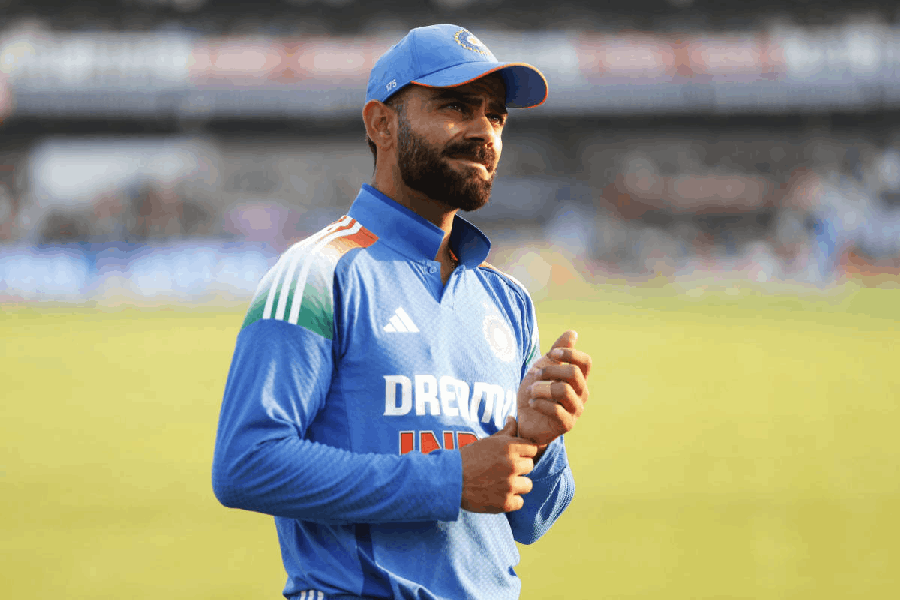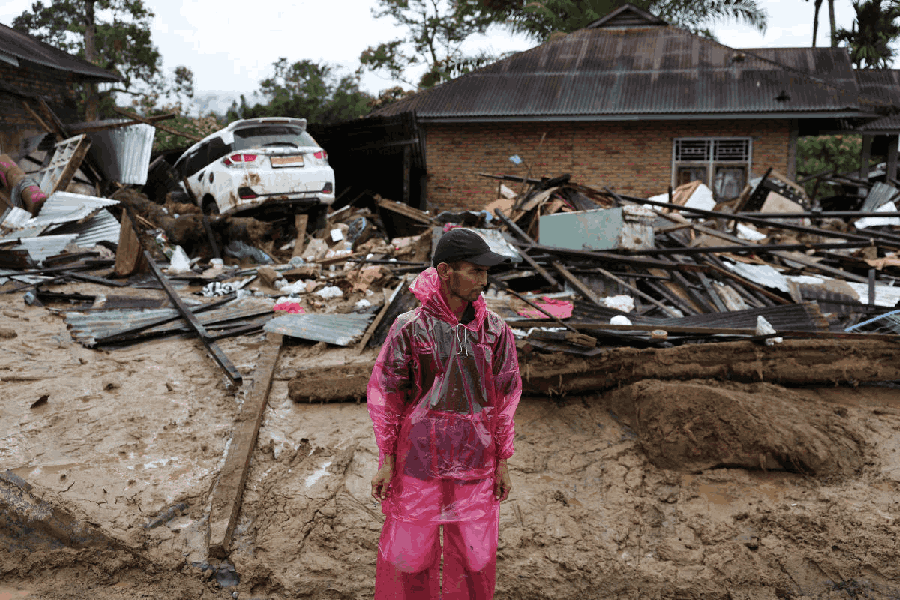Getting Israel’s hostages released from Gaza and stopping the war may have taken two years and the direct efforts of the American President and the leaders of several Arab and Muslim nations.
But that was almost certainly the easy part.
Getting Hamas to give up its weapons, and demilitarising the Gaza Strip — key preconditions for Israel to pull out of Gaza fully, as both President Donald Trump and Prime Minister Benjamin Netanyahu reiterated on Monday — could prove a lot harder.
Then there are the other issues in Trump’s 20-point plan, which outlined a comprehensive solution for Gaza. In full, it also called for the establishment of an international force to help maintain security in the territory, an ambitious effort to rebuild Gaza’s economy and infrastructure, and the creation of a temporary Palestinian governing committee, whose work would be overseen by an international board.
During the talks leading up to the ceasefire in Gaza, provisions for who would run the enclave on “the day after” the war was over were among the most complicated and vexing — so much so that they were eventually severedfrom the ceasefire talksand put off until a second phase of negotiations.
That phase had at least an air of auspiciousness on Monday evening in Sharm el-Sheikh, Egypt, where Trump and President Abdel Fattah el-Sisi of Egypt gathered dozens of leaders to try to build on the momentum created by the truce and the exchange of 20 living Israeli hostages and the bodies of others for nearly 2,000 Palestinian prisoners.
“Phase 2 has started,” Trump said. He predicted “tremendous progress”.
“It’s peace in the Middle East,” he said. “Everyone said it’s not possible to do. And it’s going to happen.”
Yet, Monday’s kickoff in Sharm el-Sheikh aside, it is unclear even when Phase 2 talks will formally begin and where they will be held.
Both Israeli and Palestinian analysts said it was easier to imagine things going sideways than to imagine Trump’s plan being fully realised.
“The main issue still hasn’t been solved: Hamas’s weapons,” said Akram Atallah, a London-based Palestinian columnist originally fromJabaliya, in the northern Gaza Strip. “The Israelis are demanding Hamas disarm, which is not a simple administrative measure. Hamas was founded on the basis of bearing arms.”
Hamas, he said, is effectively being asked to “dismantle its ideology”.
With the halt to a war that has killed tens of thousands of Palestinians and lain waste to much of Gaza, Atallah said the current atmosphere was more optimistic but that it was uncertain how long that would last.
“It feels good right now,” he said, “but I can see dark clouds in the distance and I don’t know what they’re carrying.”
Israeli analysts and officials said the likeliest outcome was that Phase 2 of the talks would become bogged down. They envisioned the status quo lingering for so long that it takes root, with Hamas still armed, and the Israeli military refusing to withdraw fully from Gaza. In that circumstance, they also foresaw the Israeli military treating the group much as it now treats Hezbollah in Lebanon: occasionally striking Hamas militants or their weapon depots from afar.
Despite Trump’s repeated, unqualified declarations that the war is over, backsliding on either side could threaten a renewal of fighting, analysts said.
“If there’s a terrorist attack against one of our posts right now, God forbid, and we have casualties, after a minute, it’s over,” said Zohar Palti, a former senior Mossad and ministry of defence official.
Nimrod Novik, a former Israeli envoy and distinguished fellow at the Israel Policy Forum, warned of the influence of domestic politics. “If it turns out in four or five weeks that the general mood in the country is that this war was an awful round, but only another round, and Hamas is back, I can see Netanyahu trying to correct that,” Novik said, alluding to the possibility of a resumption of hostilities. “All you need is a Hamas provocation and a disproportionate Israeli reaction, and you can have a spiral.”
It was up to Qatar, Turkey and Egypt — the three Muslim-majority countries that played major roles in mediating the Hamas-Israel ceasefire — “to pressure Hamas not to provoke”, Novik said.
To members of Netanyahu’s governing coalition, the onus is squarely on Hamas. Several officials described the ceasefire agreement so far as amounting to a simple trade in which Israel gave away roughly half of Gaza in exchange for its hostages. To get Israel to leave the rest of Gaza’s territory, they said, it will need to give up its arms and letanother entity step in to govern the enclave.
“Things are very straightforward,” said Boaz Bismuth, a Netanyahu ally who heads the Knesset’s foreignaffairs and defence committee. “If you don’t want Israel to be there, you know exactlywhat you have to do. It’s easy.”
But saying so doesn’t make it so.
Hamas, experts close to the militant group said, is willing to make certain moves to enable the reconstruction of Gaza, but it still wants to retain some influence over the territory’s future.
“Hamas is willing to offer some concessions to enable the rehabilitation of Gaza, but it will not evaporate,” said Ibrahim al-Madhoun, aPalestinian analyst close to Hamas. “Its focus is on quiet. It wants to be part of the solution, and it won’t be an obstacle to stability.”
New York Times News Service

